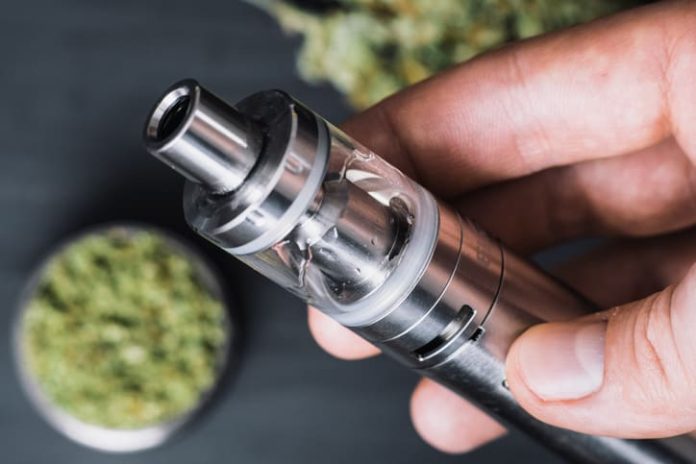As the cannabis industry continues to evolve, the use of weed vaporizers in business settings has become a topic of interest and concern. While vaporizers offer a discreet and potentially safer method of consuming cannabis, navigating the legal landscape surrounding their use in workplaces is essential.
In this blog, we’ll explore the legal considerations and implications of using weed vaporizers in business settings and provide insights for employers and employees.
Weed Vaporizers in the Workplace
The use of weed vaporizers in the workplace raises various legal and regulatory concerns for employers. While cannabis laws vary by jurisdiction, many states have legalized the use of medical and/or recreational cannabis, complicating the issue of cannabis consumption in professional environments. Employers must balance their duty to provide a safe and productive work environment with employees’ rights to use cannabis for medical or recreational purposes.
Workplace Policies and Regulations
To address the use of the best weed vaporizer in business settings, employers should establish clear policies and regulations governing cannabis consumption on company premises. These policies should outline expectations regarding drug use, impairment, and workplace safety, including prohibitions on using weed vaporizers during work hours or on company property. Employers may also consider implementing drug testing protocols to detect impairment and ensure compliance with workplace regulations.
Legalization and Compliance
In jurisdictions where cannabis is legal for medical or recreational use, employers must navigate complex legal and regulatory frameworks to ensure compliance with state and federal laws. While some states have implemented protections for medical cannabis users, employers retain the right to enforce drug-free workplace policies and take disciplinary action against employees who violate these policies. It’s essential for employers to stay informed about changes in cannabis laws and adjust workplace policies accordingly.
Safety Concerns and Risk Management
One of the primary concerns surrounding the use of weed vaporizers in business settings is the potential impact on workplace safety. Vaporizers produce aerosols that may contain cannabis particles and odor, posing risks of exposure to non-users and potential impairment of employees operating machinery or performing safety-sensitive tasks. Employers should prioritize risk management and implement measures to mitigate the risks associated with cannabis consumption in the workplace.
Accommodating Medical Cannabis Users
Employers have a legal obligation to accommodate employees who use medical cannabis for legitimate medical conditions, as protected under disability laws such as the Americans with Disabilities Act (ADA). However, accommodating medical cannabis use does not necessarily require permitting the use of weed vaporizers on company premises. Employers may explore alternative accommodations, such as modified work schedules or remote work arrangements, to accommodate medical cannabis users while maintaining a drug-free workplace.
Employee Education and Awareness
Educating employees about the legal and policy implications of using weed vaporizers in business settings is crucial for fostering compliance and maintaining a safe work environment. Employers should provide training and resources to employees on workplace policies, drug testing procedures, and the potential consequences of violating company rules. Encouraging open communication and promoting a culture of safety and accountability can help prevent misunderstandings and conflicts related to cannabis use in the workplace.
Let’s Wrap Up
The use of weed vaporizers in business settings presents legal, regulatory, and safety challenges for employers and employees alike. By establishing clear policies, prioritizing compliance with state and federal laws, and promoting safety and awareness, businesses can navigate the legal landscape surrounding cannabis consumption in the workplace effectively.
Ultimately, maintaining a balance between employee rights and workplace safety is essential for fostering a productive and inclusive work environment.




































































